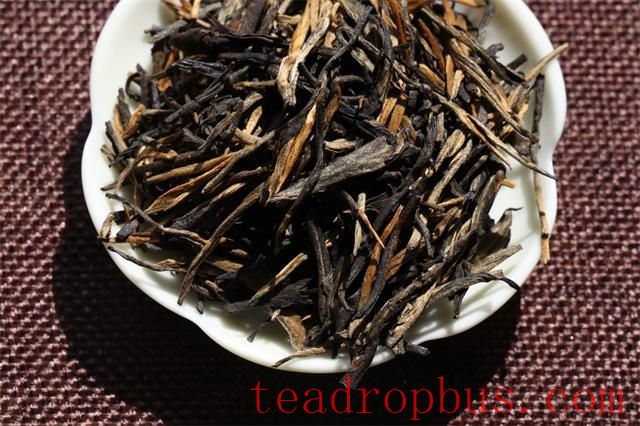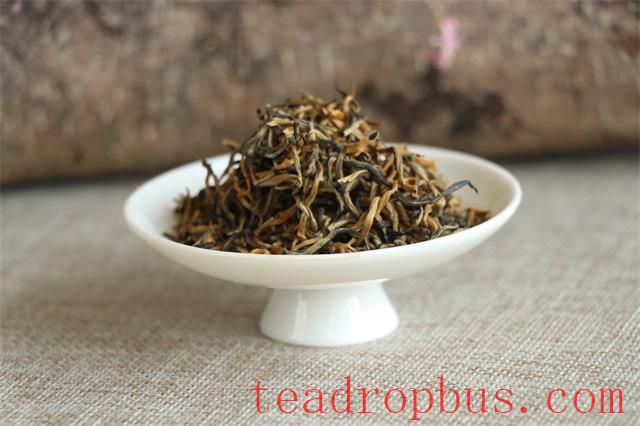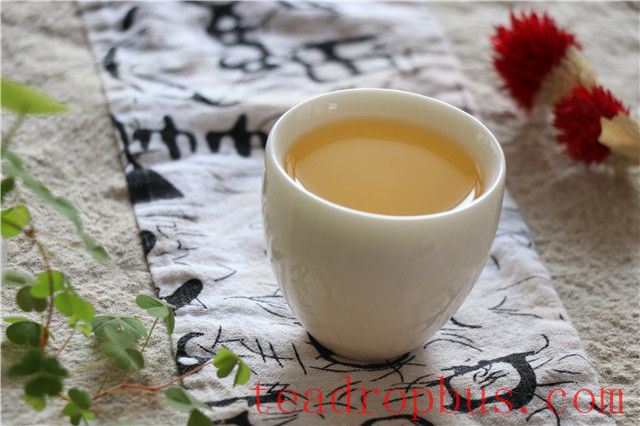Red Tea should be dried (dried) immediately after fermentation. Fermentation is a unique stage in the production of red tea. After fermentation, the Leaf color changes from green to red, forming the quality characteristics of red leaves and red infusion that are typical of red tea. It is advisable to quickly air-dry or dry the tea after fermentation; otherwise, if it piles up for too long, it can develop an acidic, spoiled odor. The drying process involves two stages: initial rough drying and final complete drying.

The drying of red tea involves baking at high temperatures to rapidly evaporate moisture and reach the required level of dryness for preservation. There are three main objectives: to use high temperatures to quickly deactivate enzyme activity and stop fermentation; to evaporate moisture, reduce volume, fix the shape, and maintain dryness to prevent mold; and to dissipate most of the low-boiling-point grassy odors while stimulating and preserving the high-boiling-point aromatic compounds, thus achieving the distinctive sweet fragrance of red tea.

How is Red Tea Made?
To make red tea, suitable buds and leaves are picked according to the requirements of red tea production, such as single buds, one Bud with one leaf, or one bud with two leaves. Then, the fresh leaves are evenly spread out on a mat and sun-dried until they are half-dry. This allows some of the moisture to evaporate, increasing the resilience of the leaves and making them easier to shape.
Next, the tea leaves are placed in a hot pan around 200°C for kneading and stir-frying. This damages the cells of the leaves, causing the secretion of tea juice, which gives the tea its tight, straight shape and increases the concentration of the infusion. The tea is then placed in a dedicated fermentation frame or cart and put into a fermentation box or room to ferment, developing the characteristic red leaves and red infusion.

The final step is drying. The drying of red tea is typically done in two stages: the first is rough drying, and the second is complete drying. This process helps the red tea to lose moisture, tighten its shape, fix its form, and maintain adequate dryness. It also helps to dissipate the greenish odor and retain the unique sweet fragrance of red tea.